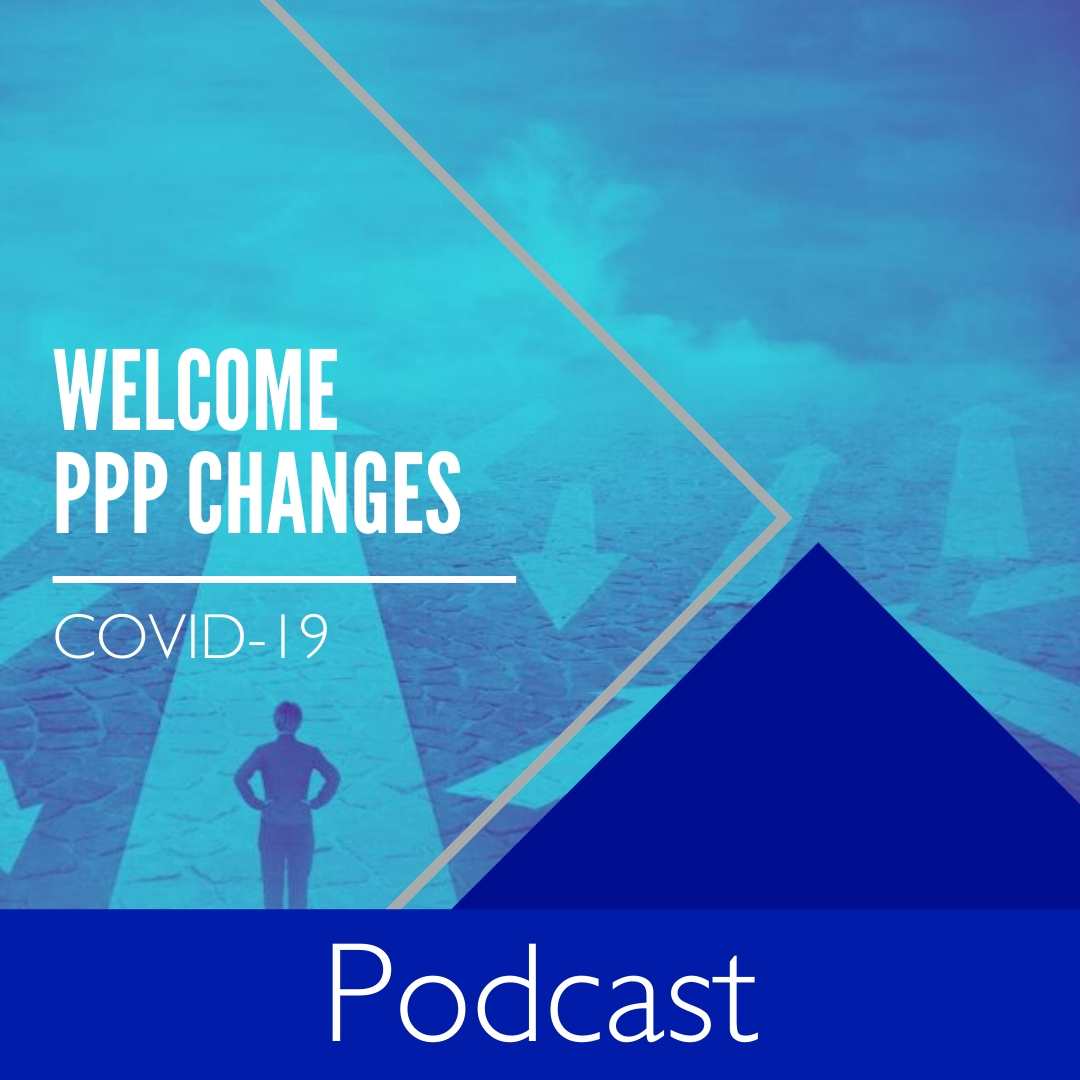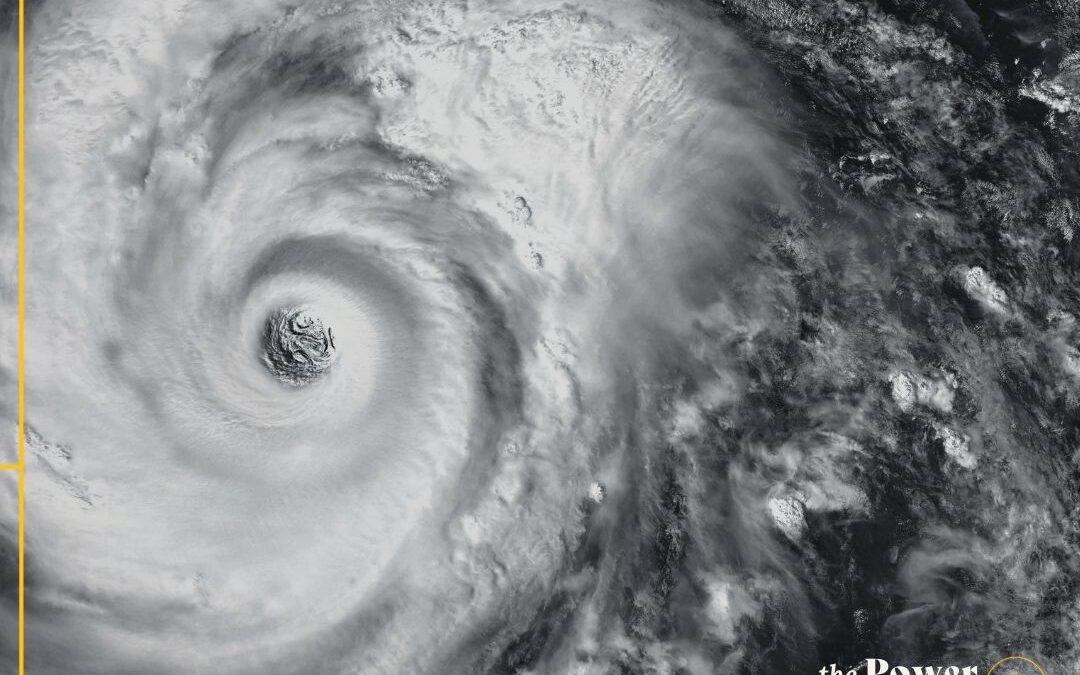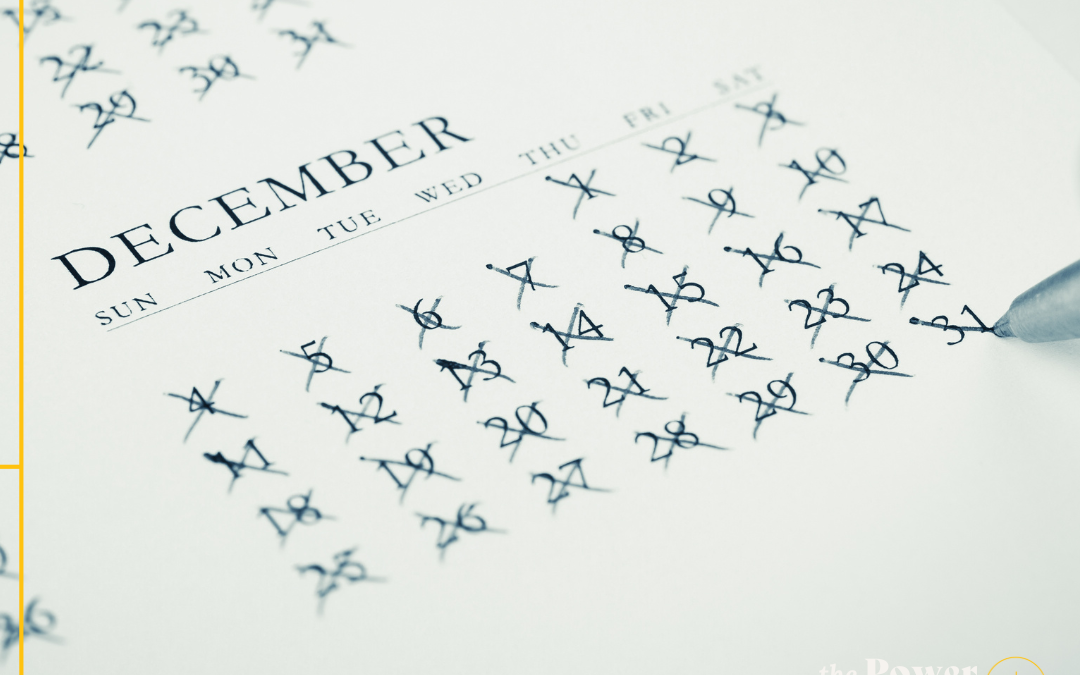We recorded this show on June 9, 2020, and things are changing daily. So this is what we know as of the time of recording.
In a welcome change to many business owners, Congress passed and the President signed what’s called the Paycheck Protection Program Flexibility Act. And this legislation actually makes it easier for businesses to get enough of those qualified expenses in order to get their Paycheck Protection Program (PPP) loans forgiven. And it even says that even if you can’t get all your PPP loan forgiven, we’re going to give you an extension on how long you have to pay that back.
So let’s talk about some of these details, because I know that this is very relevant for our listeners right now.
It is. So since the inception of the program, the loan was really based off of two and a half months’ worth of expenses, but the forgiveness period was based on only eight weeks (or about two months’ worth) of expenses. So this has always been a problem, and it meant that a lot of businesses were going to end up with a loan not being forgiven by the time that this program was done.
Well, this new legislation does a nice job of fixing that problem, because it says you can use the original eight-week program or you can go ahead and extend it out to 24 weeks. So this 16 additional weeks is certainly going to get businesses who have either remained opened help, but it’s also going to help those businesses that have been closed and are only now reopening.
Right. So that definitely sounds like this is going to help a lot of our small businesses here on the lakeshore.
Yes. And the other thing that they did is they said, “Ok, we’re going to take the amount of payroll costs that you need to have in this forgiveness period, and we’re going to reduce it from 75 percent down to 60 [percent], which means that 60 percent of your total costs have to be payroll in order for the loan to be forgiven.
So, there’s a catch though, correct?
There is. So one of the things that they “snuck” into this bill was they said, “Ok, we’re going to reduce it from 75 [percent] to 60 [percent], but we’re going to have a ‘cliff,’ so we’re going to require employers to spend at least 60 percent of their PPP funds on wages, or NONE of the loan is going to be forgiven.”
So for example, if you spend 59.9 percent of your PPP loan on payroll costs, it’s under the 60 [percent], so none of those payroll costs are going to count, and your entire PPP has to be paid back; none of it’s forgiven.
You also mentioned earlier, though, that if the loan is not forgiven, there’s a longer payback period, correct?
Right. So for businesses that are still unable to accumulate enough expenses to have their entire loan forgiven, the bill now has given us some relief in the form of lower monthly payments.
It’s always been you had to pay this loan back over two years, and that’s now been extended to five years; but it still keeps the one-percent interest rate, which is really nice.
Now, the legislation says that that five-year period is only for new loans, but they also said that if you have an existing loan out there right now, there’s nothing that prohibits you from being able to talk to your lender and extend that loan out to five years.
So we also talked in a previous week about a “safe harbor”; was that affected by these new rules?
It was. So the safe harbor was pushed out by this legislation. Prior, that date was June 30, 2020, and it’s now been extended to as late as Dec. 31, 2020.
So, as many listeners may remember, the original PPP Act said that your loan forgiveness was going to be limited if your business was unable to maintain their full-time equivalence and some of their employees took pay cuts. Well, just a couple weeks ago, the Small Business Administration (SBA) application put a safe harbor of June 30, 2020, and so this new tax bill now has moved that date out to Dec. 31, 2020. So it’s going to allow businesses that are kind of only now ramping up to hopefully be able to meet that safe harbor and have their entire loan forgiven.
Anything else right now that our small businesses here should really know about these changes?
Yes, a couple quick things:
- The first one is that businesses that were participating in the PPP program were not able to postpone the payment of the employer’s part of Social Security and Medicare taxes from 2020 until 2021 and 2022. Well now buinsesses can take advantage of this tax deferral even if they have a PPP loan.
- The other thing is, the legislation seems to indicate that the loan forgiveness application doesn’t need to be filed until up to 10 months after the end of the forgiveness period. And since this program continues to change, I think it’s probably beneficial for a lot of businesses just to wait a little bit after their 24 weeks have passed in order to see what other changes have come. Put in other words, I don’t think there’s any rush to file your forgiveness application.
Now, as we talked about over the last number of weeks, this legislation—although it provides a lot of benefits to people—there is certainly going to be more changes. And as these changes come about, we’ll continue to look at that. And for those businesses maybe that haven’t looked into this program, maybe it’s time that you do!
Sign Up to Receive Email Updates
Be sure you’re getting the latest insights as legislative developments occur. We’re here for you with tax insights and business resources.
Sign Up Now
We Are Here for You
Contact us to talk through the challenges your business faces as you navigate through this unprecedented time. No doubt you’ll need help assessing cash flow and making smart projections, reviewing loan covenants, lining up bridge financing, talking to banks and lenders, figuring out staff loads and employee counts, handling disrupted supply chains, and so much more.
Read An Important Message from Our Firm





